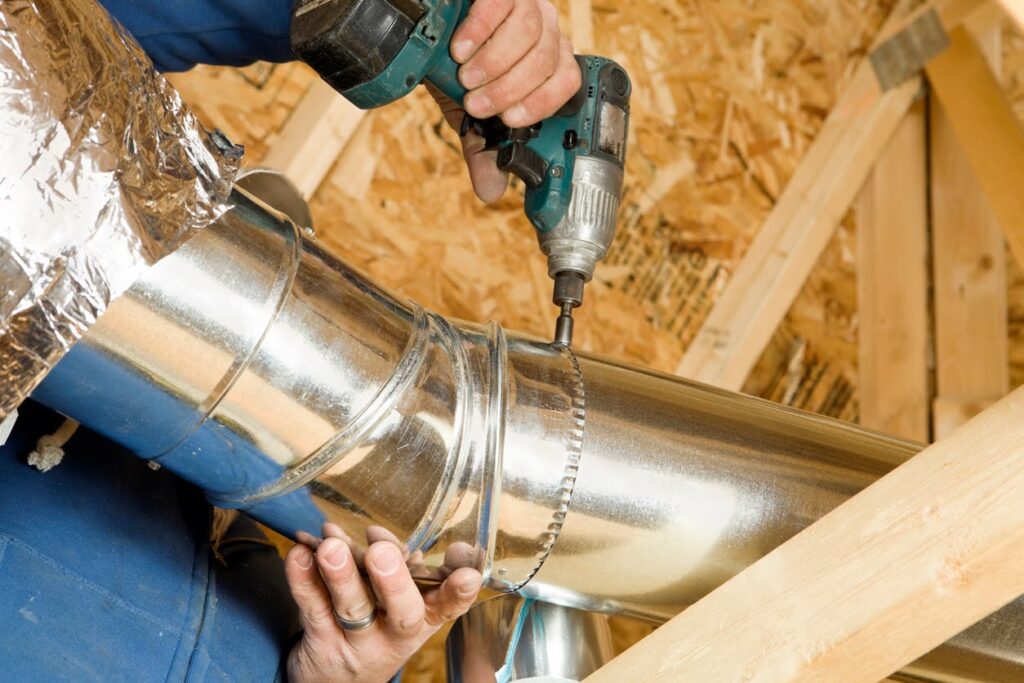Suppose sheet metal foundries are the heart of the manufacturing world, where raw metal transforms into everything from automobiles to aerospace components. In that case, the sheet metal welding processes are what hold these foundries together (pun intended!). In this post, we’ll take a closer look at the fascinating world of sheet metal welding.
The Crucial Role of Welding in Sheet Metal Manufacturing
Welding is a pivotal process in sheet metal manufacturing. It involves joining two or more metal pieces together using heat and often a filler material. The choice of welding process depends on the specific requirements of the project.
Because welding is so critical to the outcome of sheet metal manufacturing projects, using certified welders in sheet metal manufacturing is crucial. Certified welders are individuals who have received extensive training and passed tests to demonstrate their skill in different welding techniques and industry standards. Their expertise guarantees the strength and quality of welded joints while also ensuring compliance with safety regulations. This level of proficiency in welding improves the overall quality of the product and reduces the chances of defects or issues, ultimately making the fabricated sheet metal components more reliable and durable.
TIG Welding: Precision and Control
TIG welding, or Tungsten Inert Gas welding, is a versatile process known for its precision and control. It uses a non-consumable tungsten electrode to create the weld, making it suitable for applications where precision is paramount, such as aerospace and medical equipment manufacturing.
MIG Welding: Speed and Efficiency
MIG welding, or Metal Inert Gas welding, is celebrated for its speed and efficiency. It employs a consumable wire electrode that feeds continuously, making it ideal for high-volume production in industries like automotive manufacturing.
Spot Welding: Joining at Key Points
Spot welding is a specialized technique commonly used in foundries. It involves applying localized heat and pressure to create welds at specific points, making it invaluable in assembling sheet metal components like vehicle chassis.
Seam Welding: Continuous Joints
Seam welding is used to create continuous joints along a seam or edge. It’s prevalent in industries where airtight or watertight seals are necessary, such as the production of fuel tanks and pressure vessels.
Robotic Welding: Precision and Consistency
Robotic welding systems are increasingly utilized for their precision and consistency in modern sheet metal foundries. Robots can work tirelessly, ensuring uniform weld quality in high-production environments.
Weld Inspection and Quality Control
Maintaining high standards of quality is imperative in sheet metal foundries. Weld inspections, including visual, X-ray, and ultrasonic testing, are conducted to verify the integrity of the welds and ensure compliance with industry standards.
In conclusion, sheet metal projects demand innovation and engineering excellence, and metal welding processes play a pivotal role in creating durable and functional sheet metal products. Whether it’s the precision of TIG welding or the efficiency of MIG welding, these techniques are the building blocks of the modern manufacturing world.
Looking for certified welding services for your next project? Call Avon Lake Sheet Metal today at: 440-933-3505.



